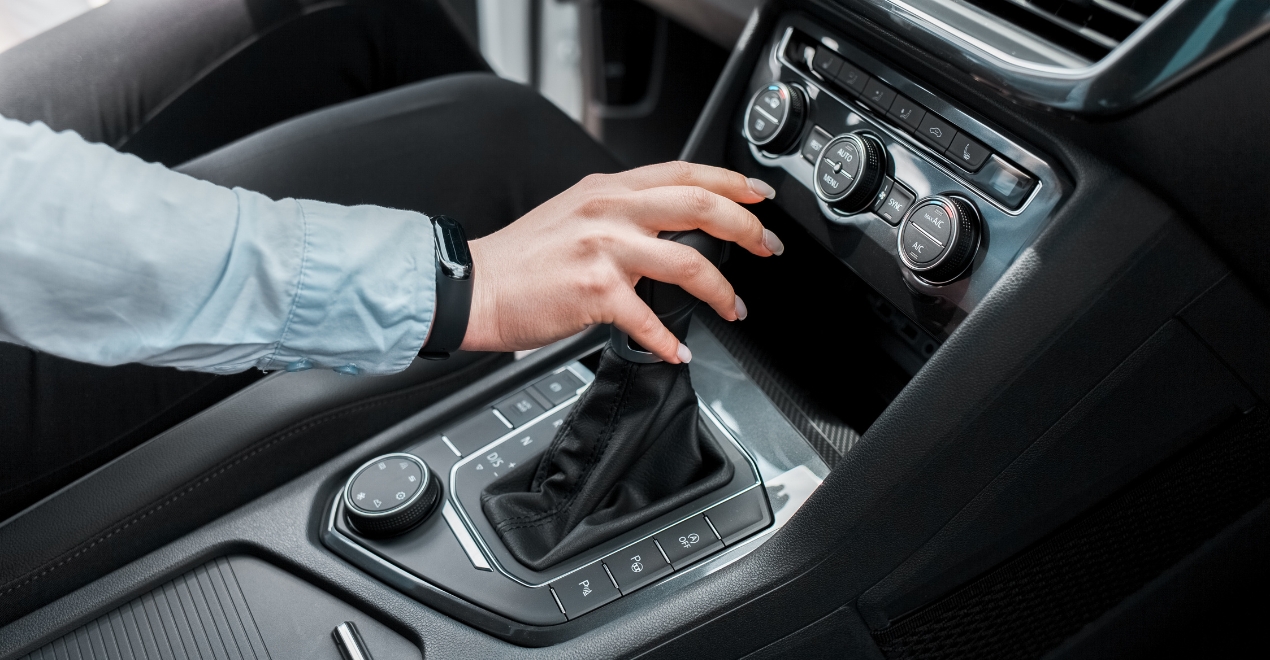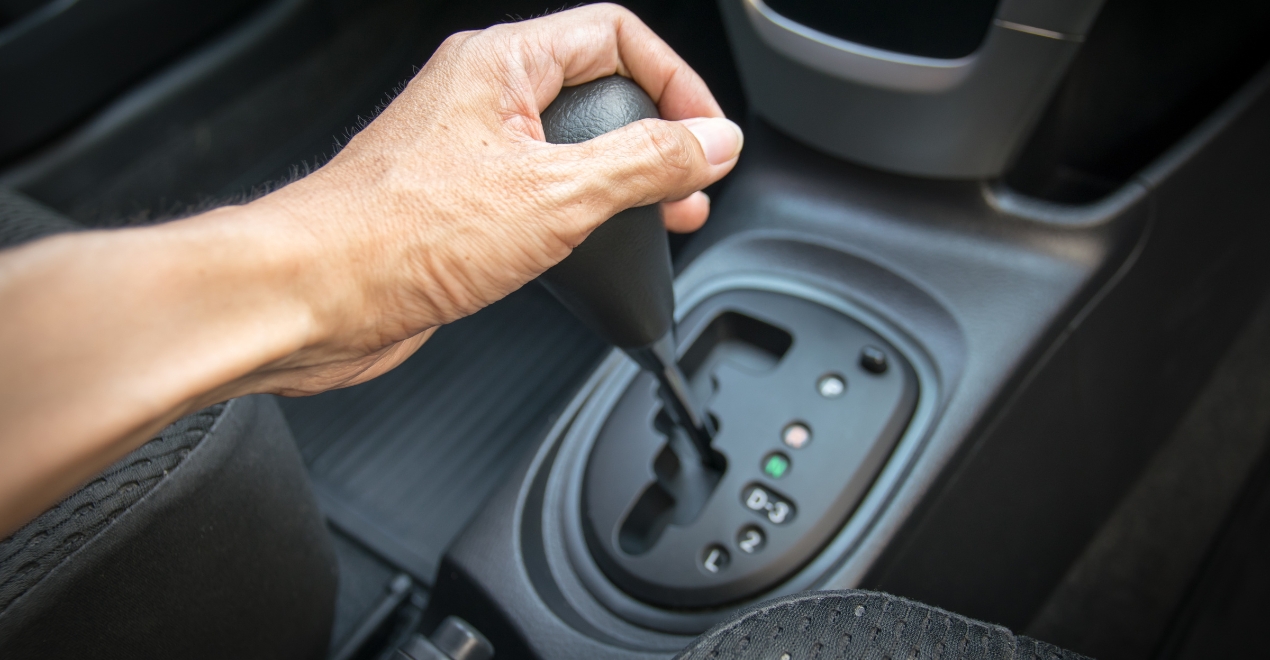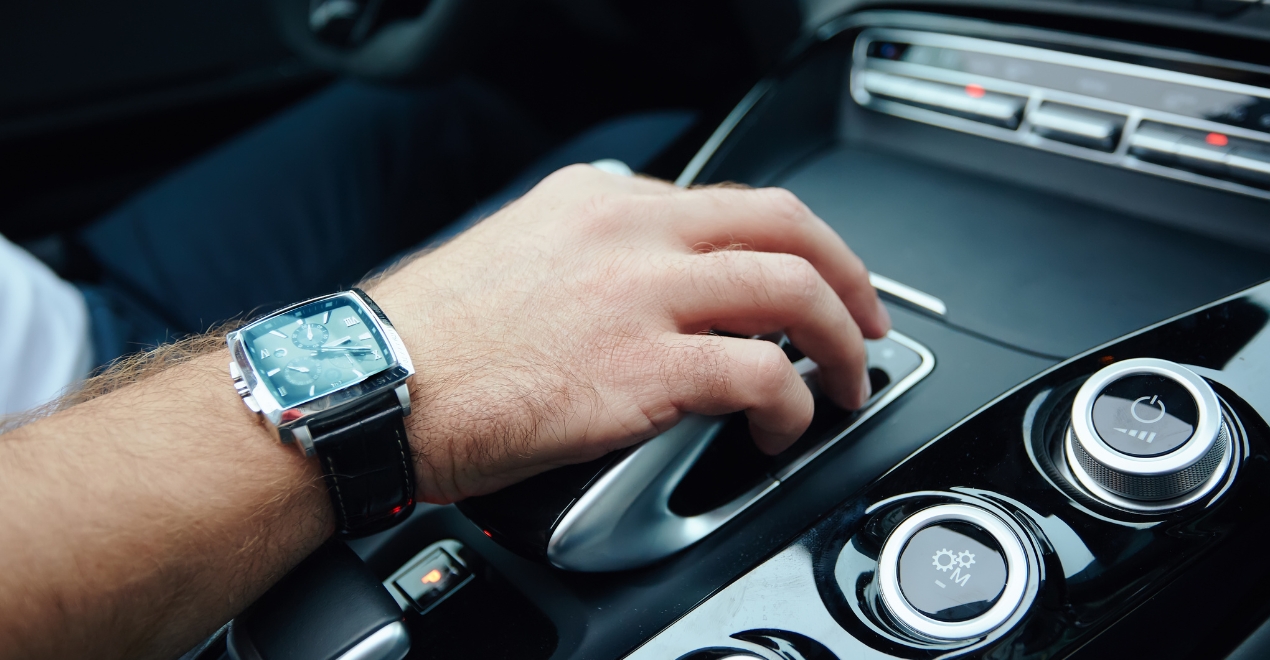Transmission systems are crucial for the operation of any vehicle, seamlessly transferring power from the engine to the wheels. The process of shifting gears is fundamental to this operation, ensuring that the engine runs efficiently at various speeds. However, the manner in which these gears are shifted can significantly impact the longevity and performance of the transmission. Hard shifting, a condition where gears engage roughly or with difficulty, is often a sign of underlying problems. This article delves into the intricacies of hard shifting, its causes, consequences, and how to address it to maintain a healthy transmission system. Experience smoother drives and prolong your transmission’s life—contact Crossroads Helpline today for expert advice on transmission maintenance!
Table of Contents
ToggleWhat is Hard Shifting?

Hard shifting occurs when the transition between gears is not smooth, leading to a jarring or clunking sensation. This can be felt as a sudden jolt or a noticeable delay before the gear engages. While occasional hard shifts might not be alarming, frequent occurrences indicate that something is amiss within the transmission system. The smooth operation of a transmission relies on the precise coordination of various components, including the clutch, gears, and hydraulic systems in automatic transmissions. When these components do not function in harmony, the result is hard shifting.
Causes of Hard Shifting
Understanding the root causes of hard shifting is essential for diagnosing and fixing the issue. There are several potential culprits:
- Low Transmission Fluid: Transmission fluid lubricates and cools the internal components. Low fluid levels can lead to increased friction and overheating, causing hard shifts. It’s crucial to regularly check and maintain proper fluid levels.
- Worn Clutch: In manual transmissions, the clutch plays a pivotal role in gear changes. A worn-out or damaged clutch can lead to difficulty in disengaging and engaging gears, resulting in hard shifts.
- Faulty Transmission Solenoids: Automatic transmissions rely on solenoids to control fluid flow and pressure. Malfunctioning solenoids can disrupt the hydraulic pressure needed for smooth gear changes, causing hard shifts.
- Transmission Mount Issues: The transmission mount secures the transmission to the vehicle’s frame. If this mount is damaged or worn out, it can cause excessive movement and misalignment, leading to hard shifting.
- Computer or Sensor Problems: Modern vehicles are equipped with complex computer systems and sensors that regulate transmission performance. Issues with these components can lead to incorrect signals being sent, resulting in hard shifts.
Impact of Hard Shifting on Transmission Health

Persistent hard shifting can have detrimental effects on the transmission and the overall vehicle. Here’s how:
- Increased Wear and Tear: Each hard shift subjects the transmission components to undue stress. Over time, this can accelerate wear and tear, shortening the lifespan of the transmission.
- Overheating: Hard shifting often causes the transmission to overheat. Excessive heat can degrade the transmission fluid and damage internal components, leading to more severe issues.
- Component Damage: The shock from hard shifts can damage various transmission parts, including gears, bearings, and seals. This can lead to leaks, reduced performance, and costly repairs.
- Reduced Fuel Efficiency: A poorly functioning transmission affects the overall efficiency of the vehicle. Hard shifting can cause the engine to work harder, leading to decreased fuel economy.
- Safety Concerns: Sudden or unexpected gear changes can be hazardous, especially in traffic or during high-speed driving. It can cause loss of control and increase the risk of accidents.
Diagnosing Hard Shifting Issues

Proper diagnosis is critical to addressing hard shifting problems effectively. Here are some steps to identify the root cause:
- Check Transmission Fluid: Start by inspecting the transmission fluid level and condition. Low or dirty fluid is a common cause of hard shifting. If the fluid is dark or has a burnt smell, it might be time for a replacement.
- Inspect Clutch Components: For manual transmissions, examine the clutch for signs of wear or damage. Ensure that the clutch pedal has the correct amount of free play and that the clutch engages smoothly.
- Scan for Error Codes: Use a diagnostic tool to check for error codes related to the transmission. Modern vehicles store these codes in the onboard computer, providing valuable clues about what might be wrong.
- Examine Transmission Mounts: Look for signs of wear or damage to the transmission mounts. If the mounts are worn out, replacing them can resolve alignment issues and reduce hard shifting.
- Test Drive: Take the vehicle for a test drive to observe the shifting behavior. Pay attention to any patterns or specific conditions under which hard shifting occurs, such as during acceleration, deceleration, or specific gear changes.
Preventing Hard Shifting
Preventive maintenance is key to avoiding hard shifting and ensuring the longevity of your transmission. Here are some tips:
- Regular Maintenance: Follow the manufacturer’s recommendations for transmission maintenance, including fluid changes and inspections. Regularly serviced transmissions are less likely to develop hard shifting issues.
- Use the Correct Fluid: Always use the transmission fluid specified by the vehicle manufacturer. Using the wrong type of fluid can lead to improper lubrication and hard shifting.
- Avoid Aggressive Driving: Sudden acceleration, abrupt stops, and aggressive gear changes can stress the transmission. Smooth and steady driving habits can prevent unnecessary wear and tear.
- Monitor for Leaks: Regularly check for signs of transmission fluid leaks. Addressing leaks promptly can prevent low fluid levels and associated hard shifting problems.
- Warm Up the Vehicle: In colder climates, allow the vehicle to warm up before driving. This ensures that the transmission fluid reaches its optimal operating temperature, reducing the risk of hard shifts.
Solutions for Hard Shifting
If hard shifting occurs, addressing the issue promptly can prevent further damage. Here are some potential solutions:
- Fluid Change or Flush: If the transmission fluid is old, contaminated, or low, a fluid change or flush can restore proper lubrication and resolve hard shifting. Ensure the use of the correct type and grade of fluid.
- Clutch Adjustment or Replacement: For manual transmissions, adjusting or replacing a worn clutch can eliminate hard shifting. Ensure that the clutch pedal has the correct amount of free play.
- Solenoid Replacement: If faulty solenoids are causing hard shifting, replacing them can restore proper fluid pressure and smooth gear changes.
- Mount Replacement: Replacing worn or damaged transmission mounts can reduce movement and misalignment, addressing hard shifting caused by these issues.
- Computer or Sensor Repair: If the issue lies with the vehicle’s computer or sensors, repairing or replacing these components can resolve hard shifting. This might require professional diagnosis and repair.
When to Seek Professional Help
While some transmission issues can be addressed through basic maintenance and repairs, others require professional expertise. Seek the help of a certified mechanic if:
- Persistent Issues: If hard shifting persists despite basic troubleshooting, a professional can conduct a more thorough diagnosis to identify and fix the underlying problem.
- Complex Repairs: Issues involving the internal components of the transmission or the vehicle’s computer systems often require specialized knowledge and tools.
- Warranty Considerations: If your vehicle is under warranty, attempting DIY repairs can void the warranty. Professional service ensures that repairs are conducted according to manufacturer specifications.
Conclusion
Hard shifting is more than just an annoyance; it can signal significant problems within the transmission system. Understanding the causes, impacts, and solutions for hard shifting is essential for maintaining the health and performance of your vehicle. Regular maintenance, careful driving habits, and prompt attention to issues can prevent hard shifting and extend the lifespan of your transmission. When in doubt, seeking professional help ensures that your vehicle receives the care it needs to keep running smoothly and efficiently. Don’t let hard shifting take a toll on your vehicle. Consult Crossroads Helpline for professional guidance on transmission care and repair.

